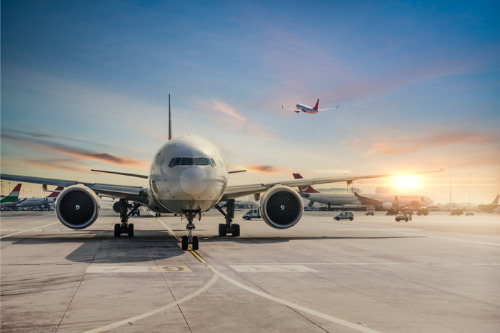

The global aviation industry was one of the worst-hit by COVID-19, with governments across the world implementing travel restrictions to slow the spread of the virus.
According to Allianz, two-thirds of global commercial aircraft were grounded in April 2020, while passenger traffic was down 90% year on year. As world economies begin opening up, the aviation industry is slowly rebounding, led by domestic travel.
A report by Allianz Global Corporate & Specialty (AGCS) highlighted the unique challenges faced by airlines and airports in restarting operations. It also identifies ways how COVID-19 reshaped the sector, resulting in long-term changes in fleet composition, flight routes and passenger demand.
The challenges discussed in the report included “rusty” pilots, with many pilots citing the long downtime as a factor in recent aviation mistakes and accidents. Airlines are now developing training programs for pilots re-entering service, depending on the length of absence.
The report also noted an increase in “air rage” incidents, or passengers causing disruptions on aircraft. In the US, there are around 150 such incidents each year. However, by June 2021, there have already been 3,000 such incidents, according to the US Federal Aviation Administration, majority of which involved passengers refusing to wear a mask.
Another risk aviation companies and insurers must look out for revolves around parked fleets. The large number of aircraft that were grounded (with many still unable to fly) remain exposed to weather events. There is also major risk involved in moving groups of aircraft without causing damage, whether into storage or prior to reuse.
“The grounding of worldwide fleets during the pandemic has represented an unprecedented event for the aviation industry,” said Dave Warfel, regional head of aviation at AGCS. “Airlines have worked tirelessly to maintain their fleets and train their crews during this long period of inactivity and, as insurers, we take a keen interest in working with them to understand their plans to return to service. Challenges will no doubt emerge as the industry readies for takeoff again. Although it is hard to predict in exactly what shape the aviation industry will return, one thing is for certain – it will have changed.”
